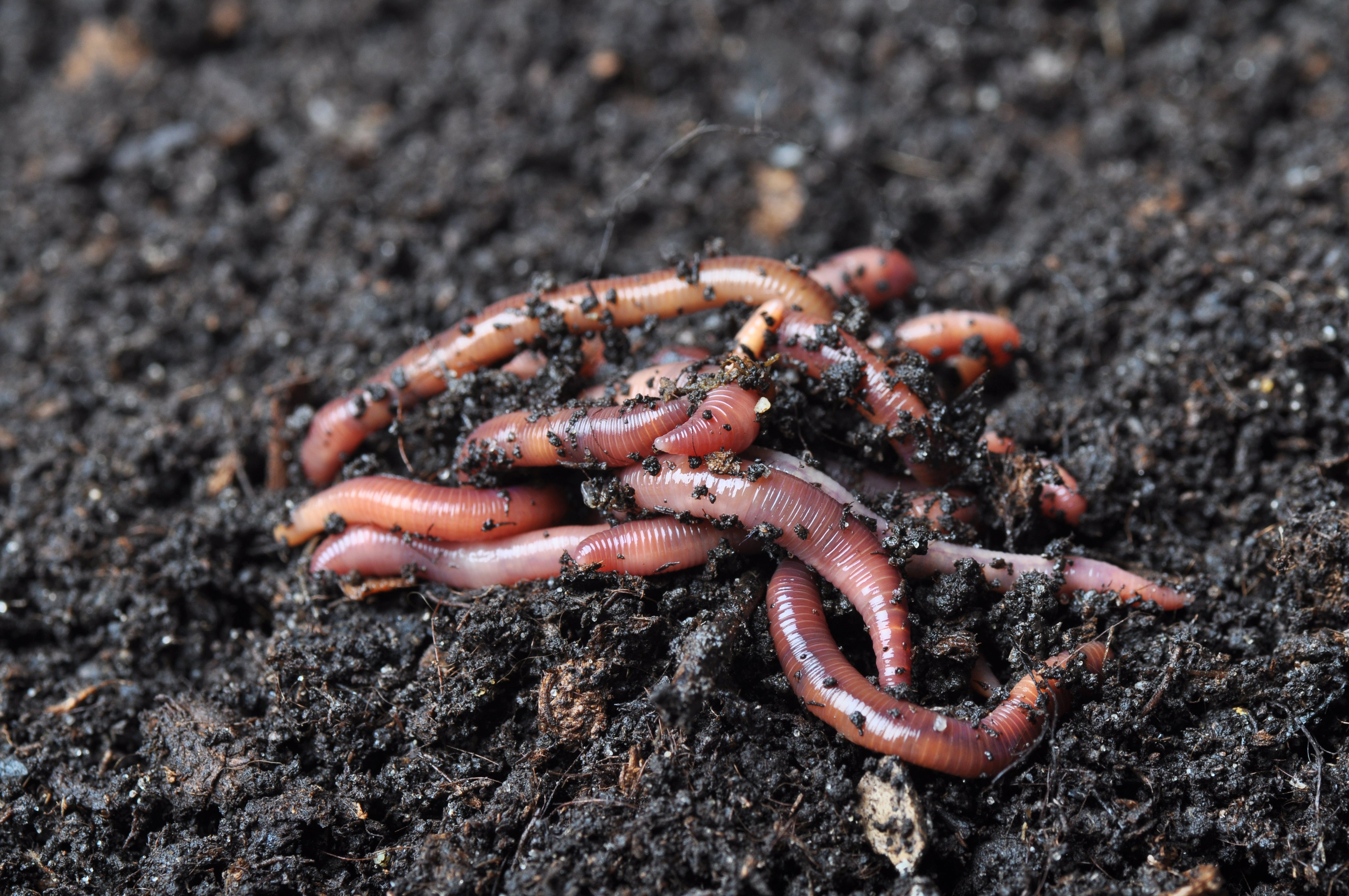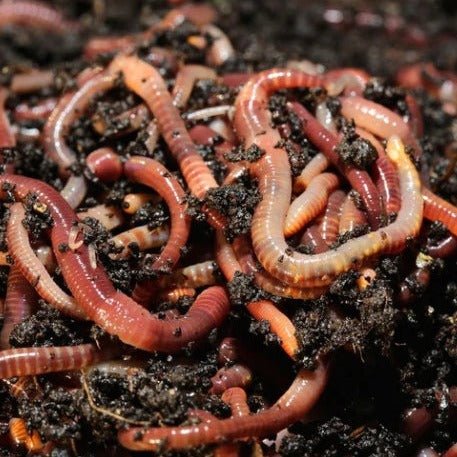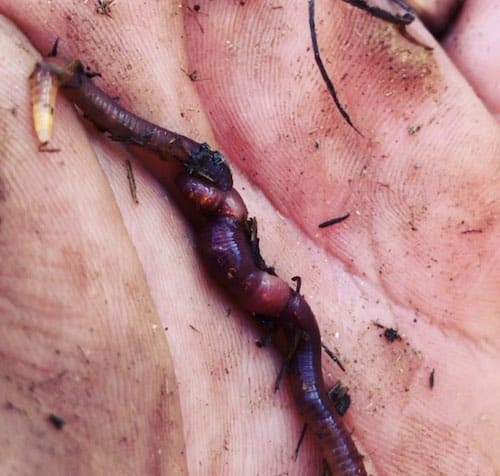Transform Your Lawn with the Expertise of Red Wiggler Express Lawn Care Experts
Transform Your Lawn with the Expertise of Red Wiggler Express Lawn Care Experts
Blog Article
Red Wigglers: The Unsung Heroes of Organic Waste Recycling
Red wigglers, or Eisenia fetida, function as vital agents in the natural waste reusing procedure, transforming discarded products into beneficial vermicompost. Their reliable malfunction of organic issue not only enhances dirt quality yet likewise contributes to lasting waste management practices. As the globe significantly looks for options to fight waste accumulation and enhance agricultural performance, recognizing the duty of these worms becomes vital. What devices permit them to grow in garden compost settings, and how can they be successfully used in both domestic and business settings? Checking out these concerns discloses the broader ramifications of vermicomposting in our environmental landscape.
What Are Red Wigglers?
The impressive strength of red wigglers, scientifically called Eisenia fetida, underscores their crucial duty in organic waste recycling. These little, reddish-brown earthworms are normally located in disintegrating organic matter, such as garden compost stacks and manure lots. Lake Hickory Bait. Unlike other earthworm species, red wigglers flourish in nutrient-rich environments and are very effective at damaging down natural products, making them essential for vermicomposting

(Red Wiggler Express)Along with their duty in waste decrease, red wigglers add to dirt health and wellness by enhancing soil structure and oygenation through their burrowing activities (Lake Hickory Bait). Their presence in composting systems not just enhances disintegration prices yet additionally promotes a sustainable strategy to lose management, highlighting their importance in ecological conservation efforts
Benefits of Composting With Worms
Composting with worms, particularly red wigglers, supplies numerous benefits that improve both waste management and soil health. These worms effectively damage down organic waste, converting it right into nutrient-rich vermicompost that enhances soil. This process accelerates decomposition, enabling for a faster recycling of kitchen scraps and various other natural materials contrasted to traditional composting approaches.
Furthermore, the vermicompost generated by red wigglers is bristling with advantageous microbes, which aid enhance dirt framework, aeration, and moisture retention. This boosts the general wellness of plants, promoting vigorous growth and enhanced yields in gardens and farming setups. Moreover, using worms in composting reduces the production of greenhouse gases, such as methane, adding to an extra sustainable waste management system.

Exactly How to Start Vermicomposting
Establishing a vermicomposting system is a simple procedure that can yield considerable benefits for both waste administration and dirt enrichment. To start, select an appropriate container, such as a plastic container or wood box, with ample ventilation holes to guarantee appropriate air movement. The measurements need to ideally be around 2 feet by 3 feet, enabling adequate area for the worms to grow.
Following, prepare bed linens product, which can include shredded paper, cardboard, or coconut coir. This bed linens must be dampened to develop an ideal environment for the worms. When the bed linen remains in area, present red wigglers (Eisenia fetida) into the bin, usually around one pound of worms for each square foot of area.
Adhering to the placement of worms, add organic waste, such as fruit and vegetable scraps, coffee premises, and crushed eggshells. With these actions, you will efficiently launch a vermicomposting system that adds to sustainable waste monitoring and enhances your soil.
Maintaining a Healthy And Balanced Worm Bin
(Lake Hickory Bait)Keeping a worm bin thriving requires normal attention and like make certain the health of the red wigglers and the performance of the composting process. Appropriate upkeep starts with keeping track of the dampness degrees; the bin must perspire however not waterlogged. A great general rule is to keep an uniformity similar to a wrung-out sponge.
Delicately mixing the bed linens and food scraps every few weeks avoids compaction and makes sure that all worms have accessibility to oxygen. Furthermore, it is essential to feed the worms properly.
Temperature level law is one more important facet. Red wigglers flourish in a variety of 55 to 77 degrees Fahrenheit. If the bin ends up being as well warm or chilly, the worms may come to be stressed - Lake Hickory Bait. Periodically inspect for signs try this web-site of health, such as worm populace growth and the visibility of healthy and balanced castings. By vigilantly handling these aspects, one can preserve a robust and efficient worm bin.
Effect On Lasting Living
The successful maintenance of a worm container not only benefits the health of red wigglers however likewise contributes dramatically to sustainable living techniques. By recycling organic waste, such as kitchen scraps and lawn particles, red wigglers aid draw away substantial quantities of product from land fills. This reduction in waste not only lowers greenhouse gas exhausts yet likewise decreases the ecological problem connected with waste administration.
Moreover, the spreadings generated by red wigglers function as a nutrient-rich organic plant food, improving dirt wellness and promoting plant development. This natural alternative to chemical fertilizers sustains lasting farming and horticulture techniques, lowering dependence on synthetic inputs that can harm ecological communities. Additionally, worm composting promotes recognition of waste management, urging individuals and neighborhoods to take on even more sustainable routines.

Final Thought
In recap, red wigglers function as vital contributors to organic waste recycling via their efficient decomposition of organic materials. Their ability to produce nutrient-rich vermicompost improves dirt wellness and sustains lasting farming techniques. By incorporating vermicomposting right into waste monitoring strategies, people and areas can significantly decrease waste while promoting environmental sustainability. The role of Eisenia fetida in fostering healthy ecosystems underscores the significance of these organisms in achieving lasting living and boosting dirt fertility.
Report this page